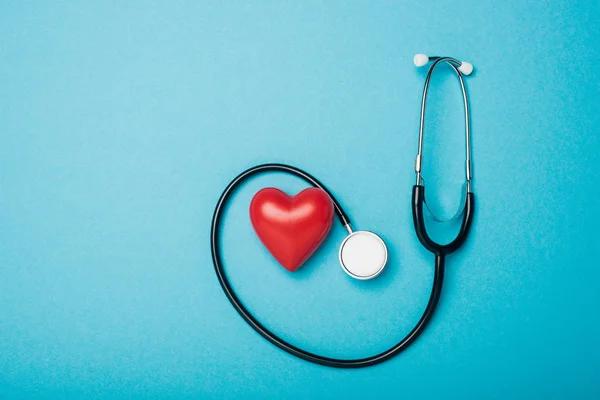Sports injuries can be a devastating blow to athletes, both professional and amateur. They not only disrupt the rhythm of their training but also put them at risk of long-term physical harm. However, orthopedic solutions have significantly evolved over the years, offering promising prospects for athletes aiming to return to peak performance after an injury.
Various types of sports injuries can occur depending on the nature of the sport and an athlete’s physical condition. These range from sprains and strains to more serious conditions like fractures or dislocations. Overuse injuries are also common among athletes due to repetitive strain on specific body parts such as shoulders dive in for more runners.
Orthopedics has played a significant role in managing these sports-related injuries, allowing many athletes to resume their sporting careers with minimal disruption. The field focuses on disorders that involve the muscles, ligaments, tendons, bones making it highly relevant for treating sports injuries.
One of the most common orthopedic interventions is surgery aimed at repairing damaged tissues or realigning fractured bones. Surgeons use minimally invasive techniques that reduce pain and recovery time while maximizing functional outcomes. For instance, arthroscopic surgery allows doctors to visualize, diagnose and treat problems within a joint using small incisions and specialized instruments.
In addition to surgical interventions, rehabilitation plays a crucial role in returning athletes back into action post-injury. Physical therapy exercises help restore strength and flexibility while occupational therapy assists with improving daily activities impacted by injury such as dressing or cooking.
Moreover, preventative measures form an integral part of orthopedic care for athletes too. Orthopedists often work closely with physiotherapists and trainers designing individualized exercise programs aimed at preventing future injuries.
Recent advancements have introduced innovative treatments like platelet-rich plasma (PRP) injections which promote healing by delivering growth factors directly into injured tissue; stem cell therapy which uses one’s cells to repair damaged tissues; or 3D printed implants which provide customized solutions for complex injuries.
However, the effectiveness of orthopedic solutions doesn’t solely depend on medical interventions. Athletes’ mindset, determination and commitment to recovery are equally important. Psychological support can help athletes cope with the emotional stress of an injury and maintain a positive attitude throughout their recovery journey.
In conclusion, sports injuries can pose significant challenges to athletes, but modern orthopedic solutions offer hope for restoring peak performance. From minimally invasive surgeries to innovative treatments like PRP injections or stem cell therapy, these methods have revolutionized the management of sports injuries. Coupled with rehabilitation exercises and psychological support, they enable athletes not only to return to their sport but also prevent future injuries. Despite the setbacks that sports injuries may bring about, orthopedics ensures that they’re no longer a full stop in an athlete’s career but merely a comma.



